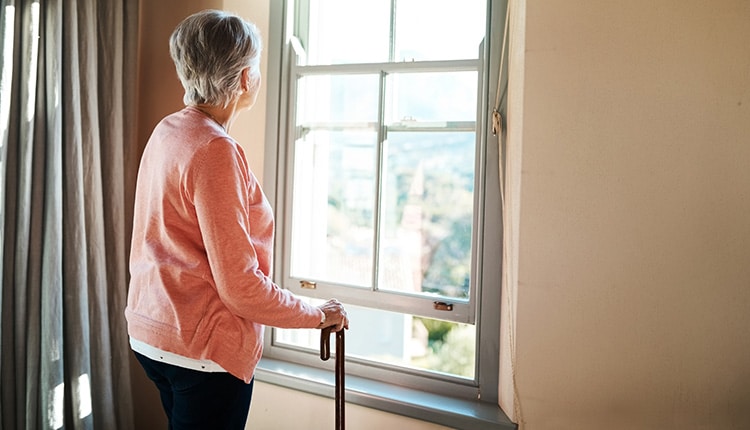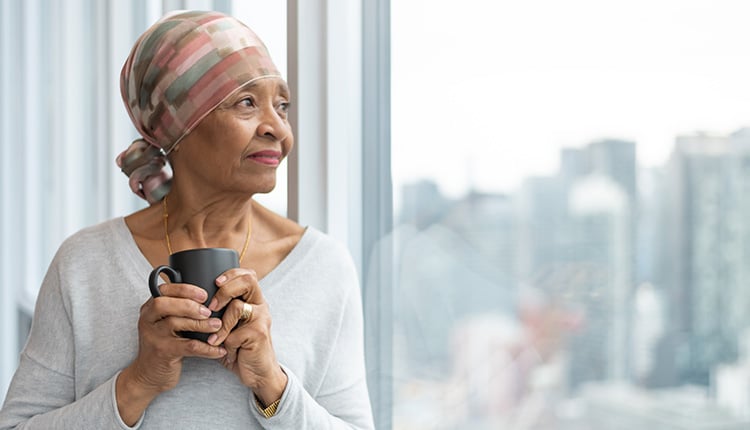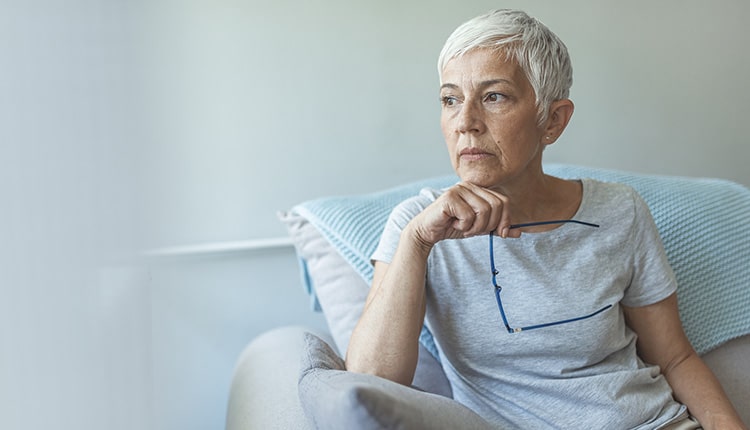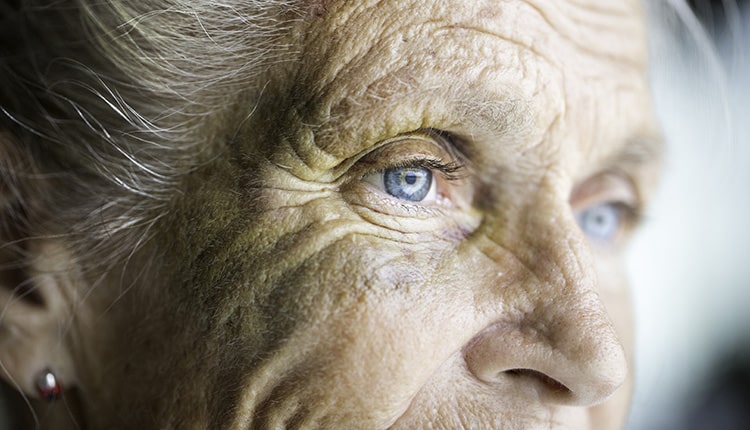Combatting Social Isolation
Dental hygienists are uniquely positioned to identify older adults who are socially isolated or lonely during patient care appointments. Dental hygiene’s core value of beneficence allows clinicians to assess for signs of isolation and provide an opportunity to discuss options for long-term service and support providers with older adult patients or caregivers. With a growing aging population comes the distinct public health problem of social isolation and loneliness. In 2017, the US population included 13.8 million older adults living alone, including 9.3 million women and 4.5 million men. The former US Surgeon General, Vivek H. Murthy, MD, labeled loneliness as an epidemic among older adults.
By which year will the number of people older than age 65 be more than the number of children younger than age 18 for the first time in the United States?
 PeopleImages / E+
PeopleImages / E+
Loneliness and isolation negatively impact health more than smoking how many cigarettes a day?
 KatarzynaBialasiewicz / iStock / Getty Images Plus
KatarzynaBialasiewicz / iStock / Getty Images Plus
Isolation is defined in two ways: social isolation (actually being alone) and perceived isolation (loneliness). Social isolation is defined as “a state in which the individual lacks a sense of belonging socially, lacks engagement with others, has a minimal number of social contacts, and are deficient in fulfilling and quality relationships.”
 FatCamera / E+
FatCamera / E+
Loneliness and social isolation are key risk factors for depression.
 dragana991 / iStock / Getty Images Plus
dragana991 / iStock / Getty Images Plus
Older adults are less likely to pursue medical support for interaction with others vs to address a medical need.
 kupicoo / E+
kupicoo / E+
Tooth loss and poor oral health impact the risk of loneliness.
 Dean Mitchell / E+
Dean Mitchell / E+
Dental hygienists are well-positioned to identify older adults experiencing isolation.
 JodiJacobson / E+
JodiJacobson / E+
Share your Results:

